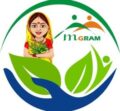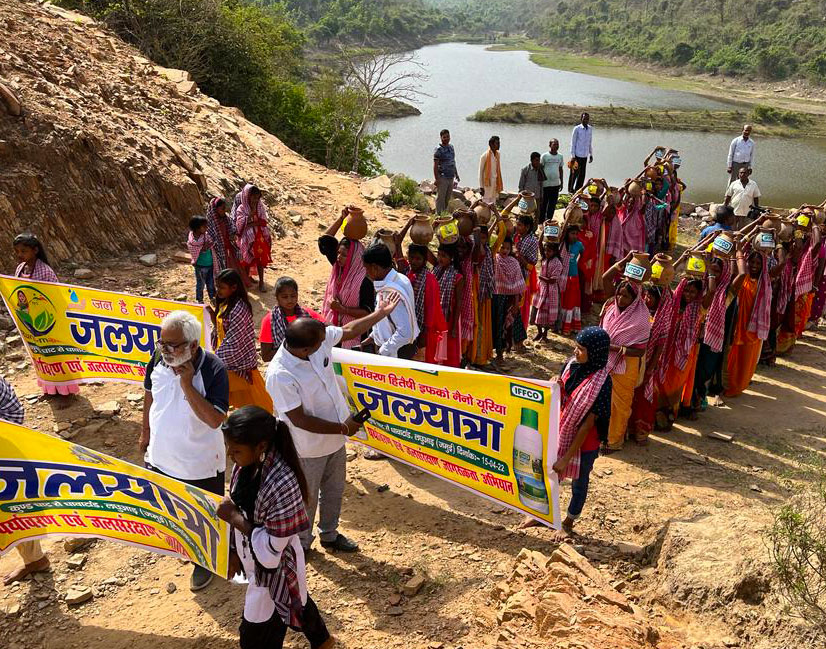Millet cultivation is the hope of water scarce district of Bihar. In the district of Jamui, a transformation is taking place in the fields of agriculture. Women, often the backbone of rural economies, are stepping into the forefront of a movement that is not just about crops, but also about climate resilience and empowerment. With the support of initiatives like RuralGram, these women are leading the charge in millet production, a crop that is not only nutritious but also well-suited for the challenges posed by changing climates.
Millet: The Climate-Resilient Crop Millets are a group of highly variable small-seeded grasses, widely grown around the world as cereal crops or grains. They are resilient to climate change due to their ability to withstand drought and grow in poor soil conditions without requiring much water1. This makes them an ideal crop for areas like Jamui, where agricultural practices must adapt to increasingly unpredictable weather patterns.
Women’s Involvement: Cultivating Change In Jamui, women farmers are becoming ambassadors of millet cultivation. Their involvement goes beyond sowing seeds; it’s about preserving biodiversity, practicing seed sovereignty, and conserving water1. These women are not just cultivating millets; they are cultivating a future for sustainable agriculture.
The Role of RuralGram Organizations like RuralGram play a pivotal role in this agricultural revolution. By providing knowledge, tools, and resources, they empower women to adopt climate-resilient farming practices. RuralGram’s support is crucial in helping these women farmers to transition to millet production, which requires less water compared to traditional crops like rice and wheat1.
Impact on the Community The shift to millet production has far-reaching impacts. It contributes to food security by diversifying the crops and improving the nutritional intake of the community. Economically, it offers a sustainable source of income for women, who can sell their surplus produce. Socially, it strengthens the role of women in agriculture, giving them a voice and a stake in the future of their land.
Conclusion The women of Jamui, with the aid of RuralGram, are not just participants in climate-resilient agriculture; they are leaders shaping a sustainable future. Their work with millets is a testament to the power of combining traditional knowledge with modern practices to create a resilient agricultural system that benefits the environment, the economy, and the community.
This narrative is a glimpse into the potential that lies in empowering women and leveraging climate-resilient crops like millets. It’s a story of hope, resilience, and the promise of a better tomorrow for rural communities facing the challenges of climate change.



